Indian neighbours taking over from each other
After the death of Aurangzeb in 1707, the Moghul empire began to collapse. To begin with, the Mahratta kings of the Deccan plateau saw their chance to form a coalition, led by the Bhonsles of Nagpur, and invade Odisha. In 1742 they conquered Biribati Fort at Cuttack, the centre of trade in the coastal plains of Odisha. By 1751 the Mahrathas had extablished their sway over the country. This way they challenced the authority of the Nawabs of Bengal over Odisha, but in the end this did not succeed. Eventually, in 1803, the British took military action to “punish the enemy”, and restore order (1,2).
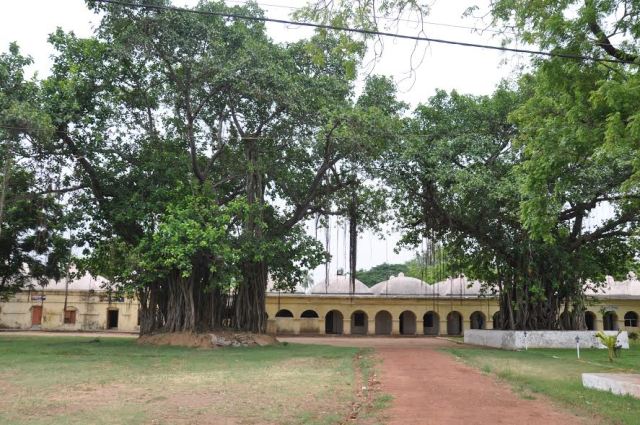
A.B. Tripathy, former Director General of Police and Convener of INTACH, feels the Maratha barracks at Cuttack should be turned into a museum. They are one of the few original remaining structures and a unique example of the synthesis of Maratha and Odishan architecture.
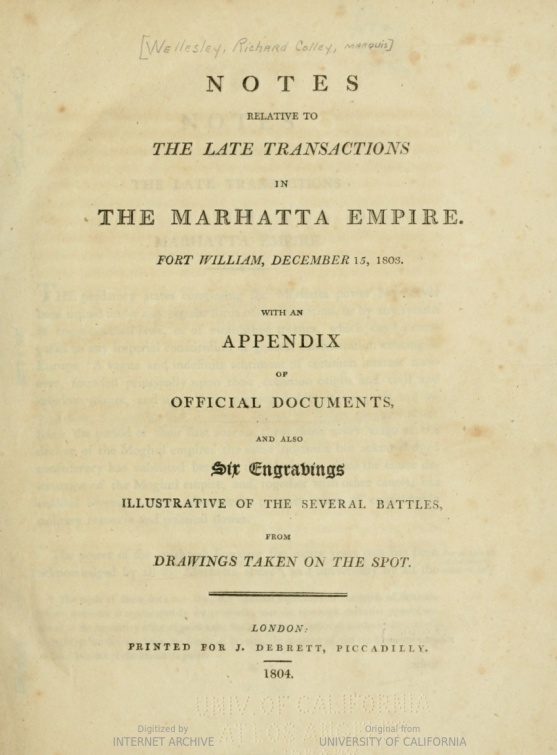
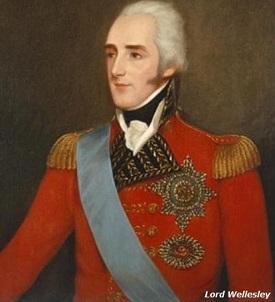
Foreign enemies taking over from each other
The previous section was about Indian neighbours taking over from each other; this section is more about foreign enemies taking over from each other.
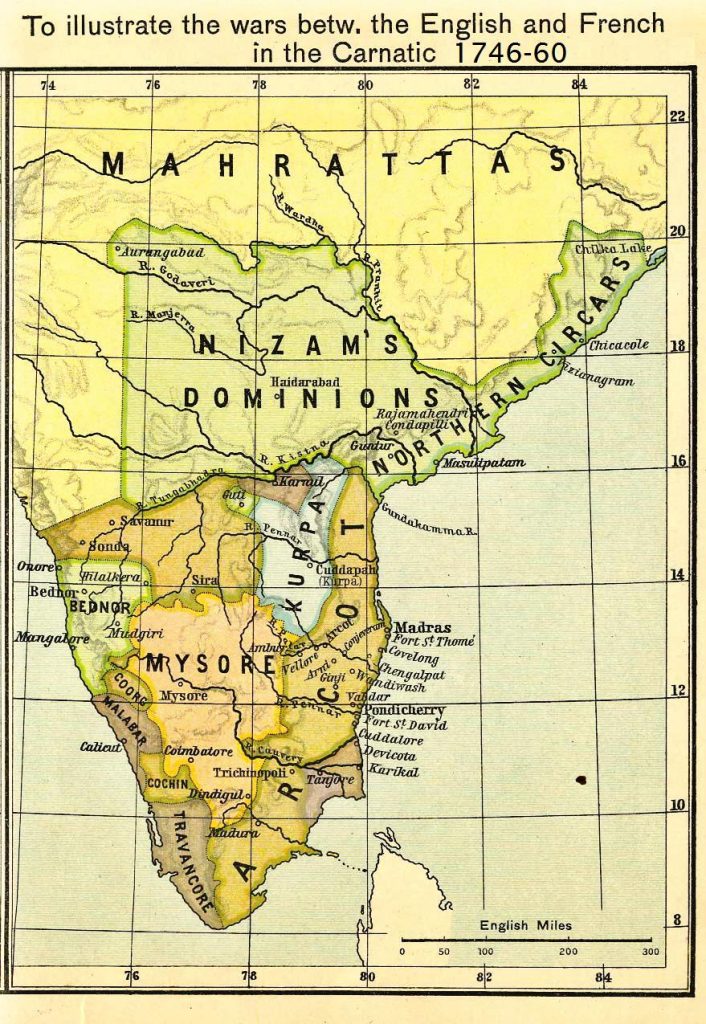
This British map tells us much. To the right, on top, part of the Chhilka lagoon is still visible. Below this, Srikakulam is given by its old name, Cicagole, situated about halfway the so-called Northern Circars. Golconda has disappeared from the map, and the Nizam’s domains – as they are called all of a sudden – are nearly cut off from the sea. So this is how you change history post dato: just change the map ….
At least one historic spot was missing or omitted on the map, although it exists even now: Potagarh, the old fort by the sea of the Qutb Shahis. It overlooks the mouth of the river Rushikulya by the side of Ganjam town. In its earlier days the Portuguese, the Dutch, and many others used Potagarh as a stepping stone, midway along the East coast.
The last one to hold this fort before the British took over was the French commander Marquis de Bussy-Castelnau, who supported the Nizam against the British. Potagarh was removed from the map as well …
After the Carnatic Wars, de Bussy became Governor General of Pondicherry, the famous French enclave in India, which came to include the community of Auroville. He died in 1785 at Pondicherry.
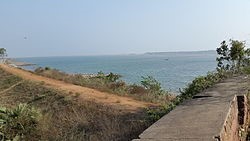
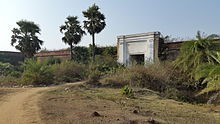
Meanwhile in Europe
Meanwhile, in Europe, there had been three sea wars between England and the Netherlands; in 1652-1654, 1665-1667, and 1672-1674. All three were won by the Dutch, and especially the second one hurt a lot, when the Dutch sailed up the river Thames, and destroyed the port of Chatham.
Now, from 1780 to 1784, a fourth sea war took place, which was a disaster. This war, started by Great Britain, with the Republic of the Seven Netherlands, was not so much about the hegemony at sea, but to punish the Netherlands for supporting America to leave the British empire; and the Dutch were not ready for yet another war.

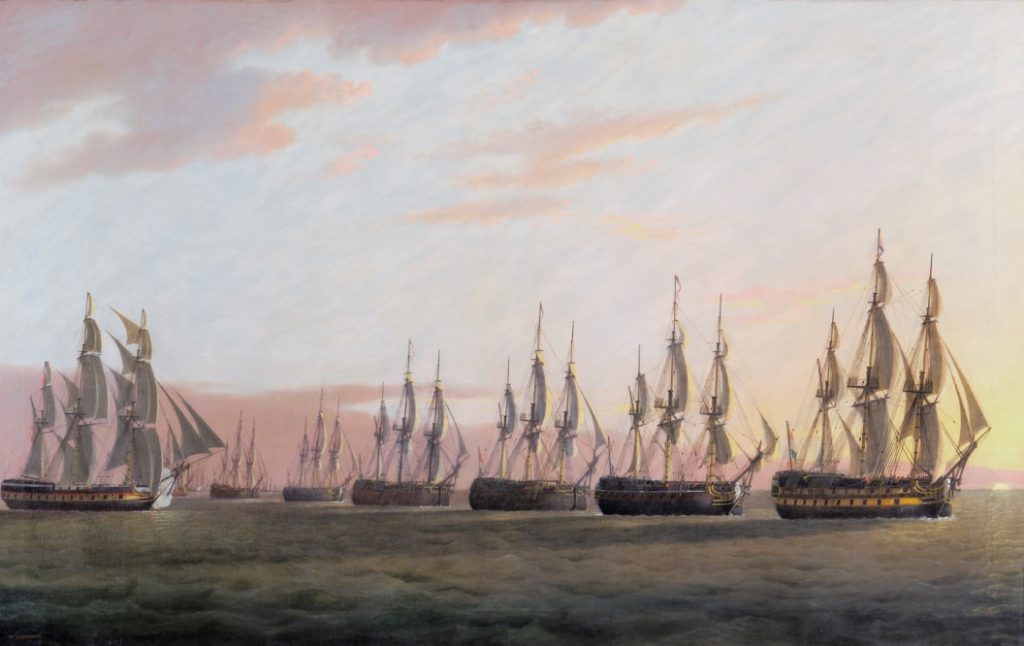
But in 1789 the French Revolution had started. It lasted for ten years, and in the process, in 1795, the army and the bureaucrats of Napoleon had occupied the Netherlands. In fact, they were welcomed by a strong anti-royalist movement, who re-named the republic as the Batavian Republic. But the French were in control, and lots of measures followed. In 1796 it was decided to abolish the VOC. The company was nationalized. All trustees were fired immediately. Debts, properties, and administration, went to the authorities, and all VOC affairs were to be rounded off by the end of 1800.
Three more figures to end this very brief historic overview:
1818: the population of Ganjam, counting 15.000, was decimated by the plague
1826: the Dutch handed their settlements over to the British (3), and left for the Dutch-Indies
1885: the British Crown took possession of its East India Company’s assets and imposed direct rule on India
Footnotes
1 Richard Wellesley, Richard (1804) Notes relative to the late transactions in the Maratha Empire. Fort William, 15 December 1803. London: J Debrett
2 Malua, Santosh Kumar (2011): Between two empires: the dynamics of transition. New Delhi: Jawaharlal Nehru University (PhD; extensive summary available)
3 Buch, W.J.M. (1936): Inventaris van het Archief van de Nederlandse Bezittingen in Voor-Indië, 1703-1826. Den Haag: Nationaal Archief, archiefinventaris 1.04.16, pp. 11-17: Bengalen, Coromandel